Inside the Great Tour: One lap of the island
Amid the coronavirus pandemic Hugh Roberts set out to ride around the whole of the UK mainland and recounts to James Shrubsall how he got on
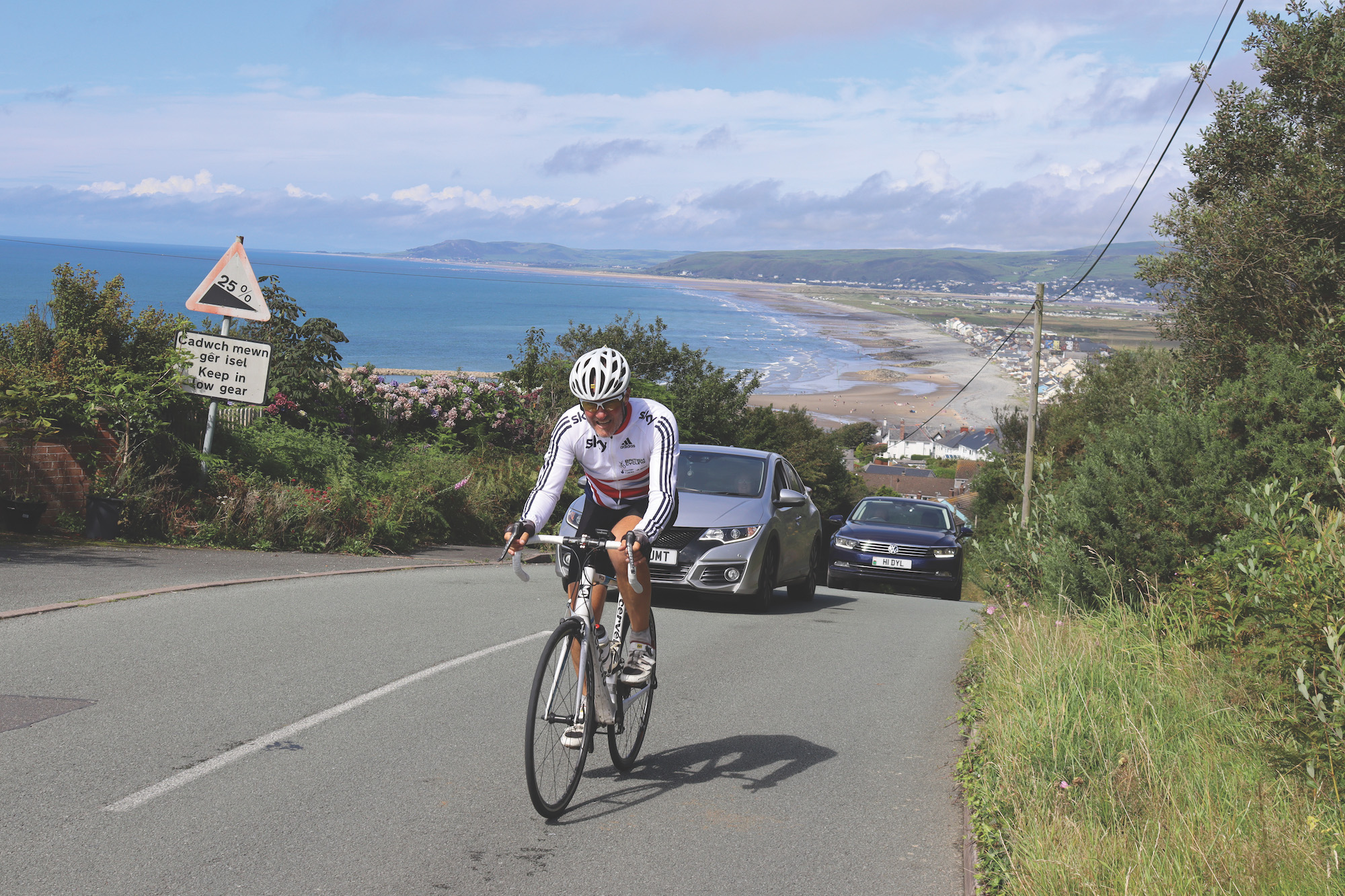
(Sweetspot)
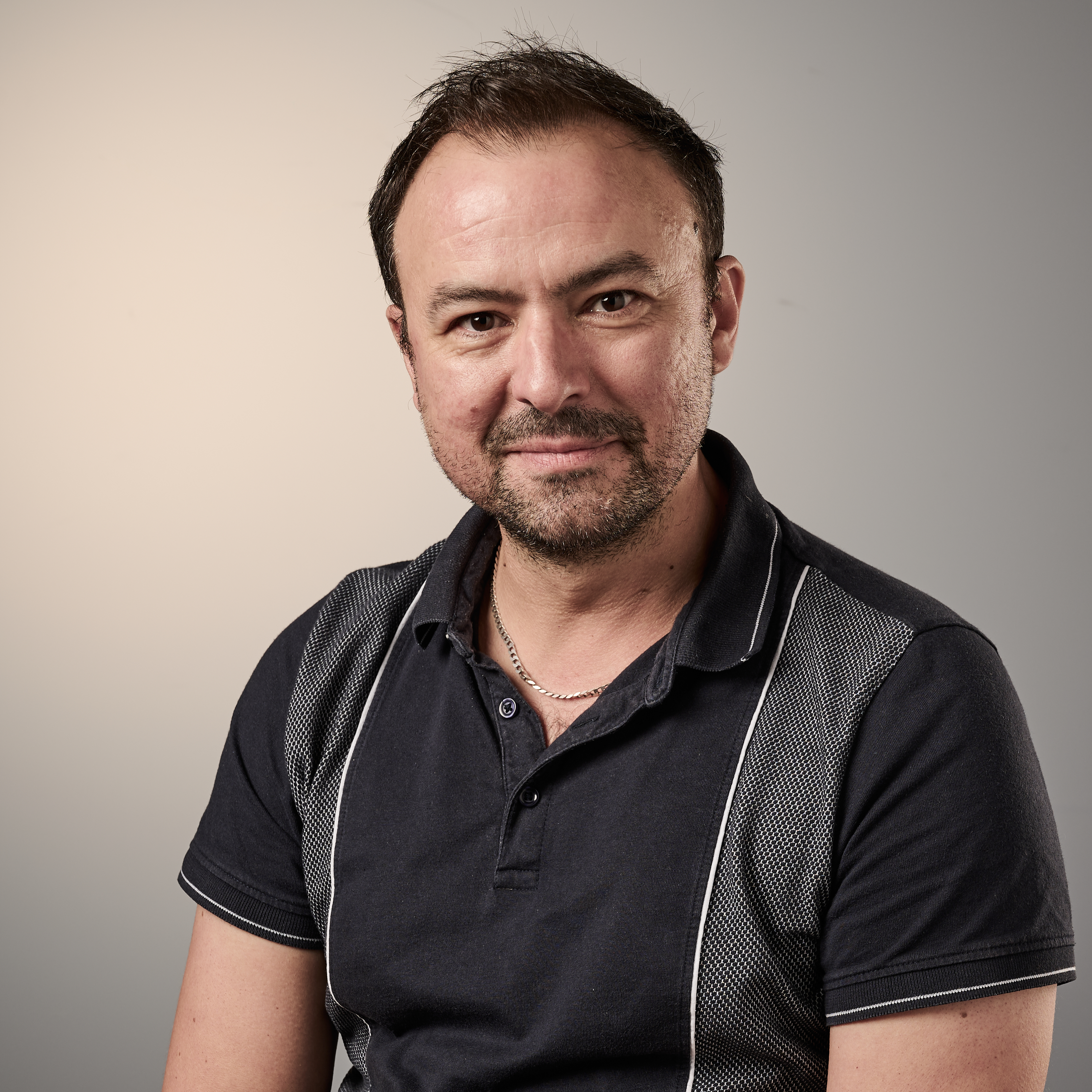
Cold beer and sun loungers are likely to rank quite a lot higher than howling gales and days of incessant rain in the memories of many Brits during a locked-down summer that broke records for good weather left, right and centre.
But spare a thought for Hugh Roberts, owner and founder of Tour of Britain organiser Sweetspot and his old friend Robin Young — they cycled around the entire coast of Britain on Tour of Britain organiser Sweetspot's Great Tour charity ride, and returned with tales of lashing rain, battering winds, sun cream packed in hope but going redundant for weeks at a time. And that’s before we get to the broken bones.
Departing from the Isle of Wight at the beginning of July after months of great weather down south, Roberts and Young could reasonably be optimistic about the weather. Sweetspot’s hopes the event will become a fixture of the charity calendar with a mystique akin to the London Marathon but any ride of 63 days and 6,600 kilometres in the UK is likely to see varied conditions and maybe even an 'incident' or two 0 which is exactly how it panned out.
In the end it was the all-too predictable north-south divide that interceded weather-wise, as Young explains.
"I wore sun cream until we got to Norfolk," he says. "[After that] I did not again wear sunscreen until one day in Scotland, coming down the West Coast when it actually got warm for a day. And I wore it again in North-West England. So I wore sun cream once in nearly five weeks."
>>> Subscriptions deals for Cycling Weekly magazine
And there were days that stand out in the memory for being as rewarding as they were challenging. Describing the 86-kilometre day from Tongue to Scourie along Scotland's north coast into a raging headwind, Young says: "We did eight kilometres in the first hour that day. You could barely make any progress. And you go 'when is this ever gonna end?'
Get The Leadout Newsletter
The latest race content, interviews, features, reviews and expert buying guides, direct to your inbox!
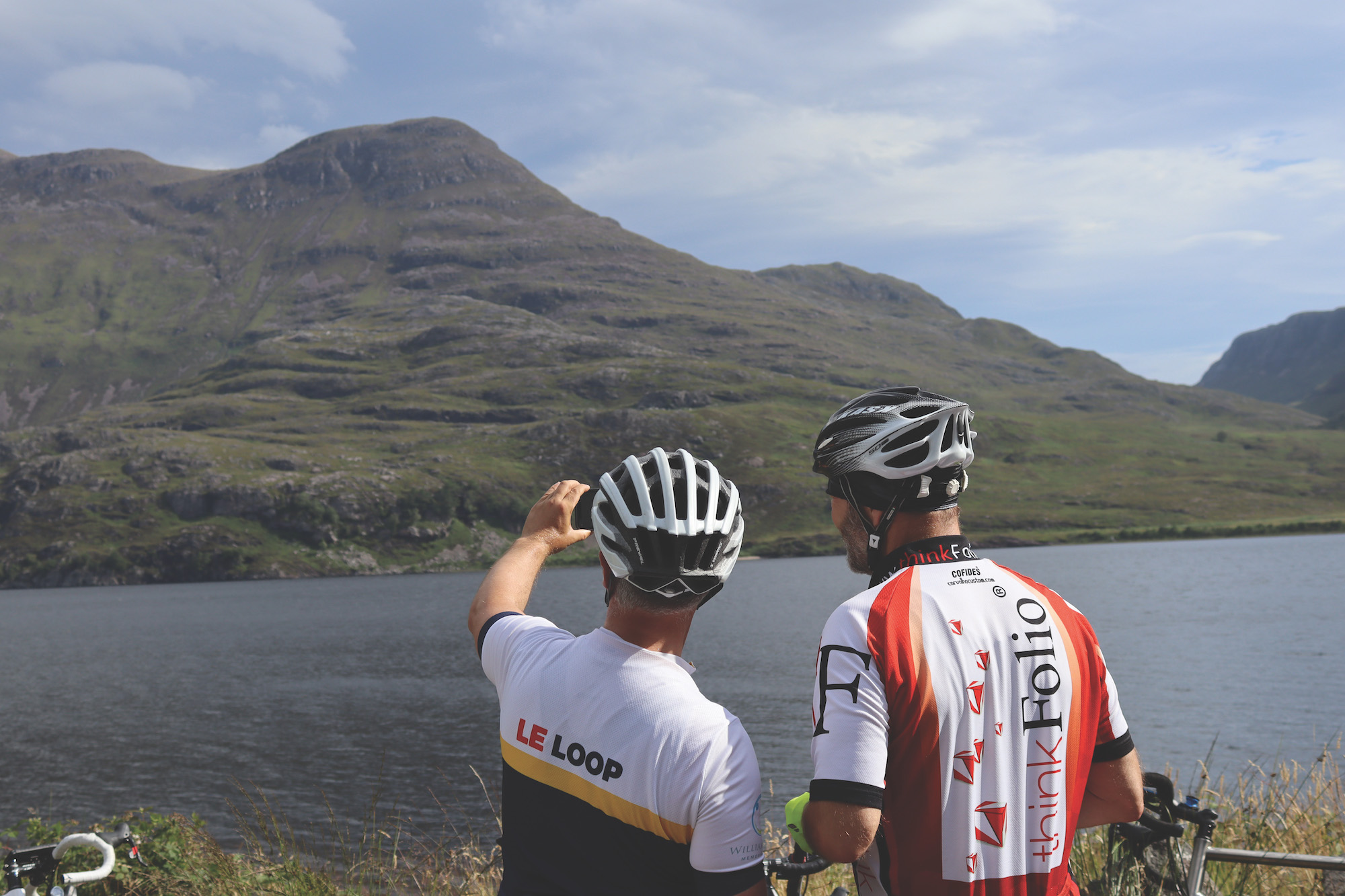
"It was a curious day, because you know, you'd have thought that might not have been one of the better days — I absolutely loved it. It's the sense of achievement of getting through something which seemed absolutely unimaginable by riding with people who would become firm friends," Young explains.
Those firm friends included journalist and ex-pro rider Pippa York who rode the Scottish legs (see panel), and a crew of Sweetspot's finest, including finish line director Rob Kennison, Andy Hawes and Jonathan Durling, who all rode sizeable chunks of the Tour.
Riders joining in for a day — and sometimes more — was a constant part of the ride and could give a real boost during the tougher days — such as day 32, from Dumbarton to Ayr.
"It was pissing with rain when we woke up in the morning," Young says, "and all it did was get heavier. And that would've been a whole lot harder, except a bunch of people turned up out of nowhere and gave us wheels all the way into Ayr in the most disgusting weather you've ever seen. You know, so bad that the roads were closed... police were diverting people. Absolutely foul."
Unfortunately for Hugh Roberts, he was no longer riding very much — although he may not have been sorry to miss that particular day — having come a cropper just shy of the Scottish border at Berwick on Tweed.
The 63-year-old, who had not trained for the ride and was instead riding a Wisper e-bike, in an effort to underline the inclusive nature of the event, chipped his scaphoid bone in an innocuous-looking walking-speed crash.
"He had a pathetic little fall at walking speed and fell heavily on both his wrists," recounts Young. "He just went straight down… he broke his scaphoid, which we didn't know at the time.
"Unquestionably, he would have got round on his e-bike had it not been for this silly little fall," Young adds.
But Roberts stayed on as part of the entourage, which included a pair of support vehicles and a mobile home, and his fall did mean "he had more time in the cook's apron" as Young puts it, which benefited the rest of the crew: "He produced a couple of roast lambs, which we ate alfresco," says Young. "One was near Rye in Kent and the other one was in St Bees in the north-west. Eating roast lamb outside the RV with a decent bottle of red wine. After a big day cycling that was… I'm gonna call those my two favourite meals."
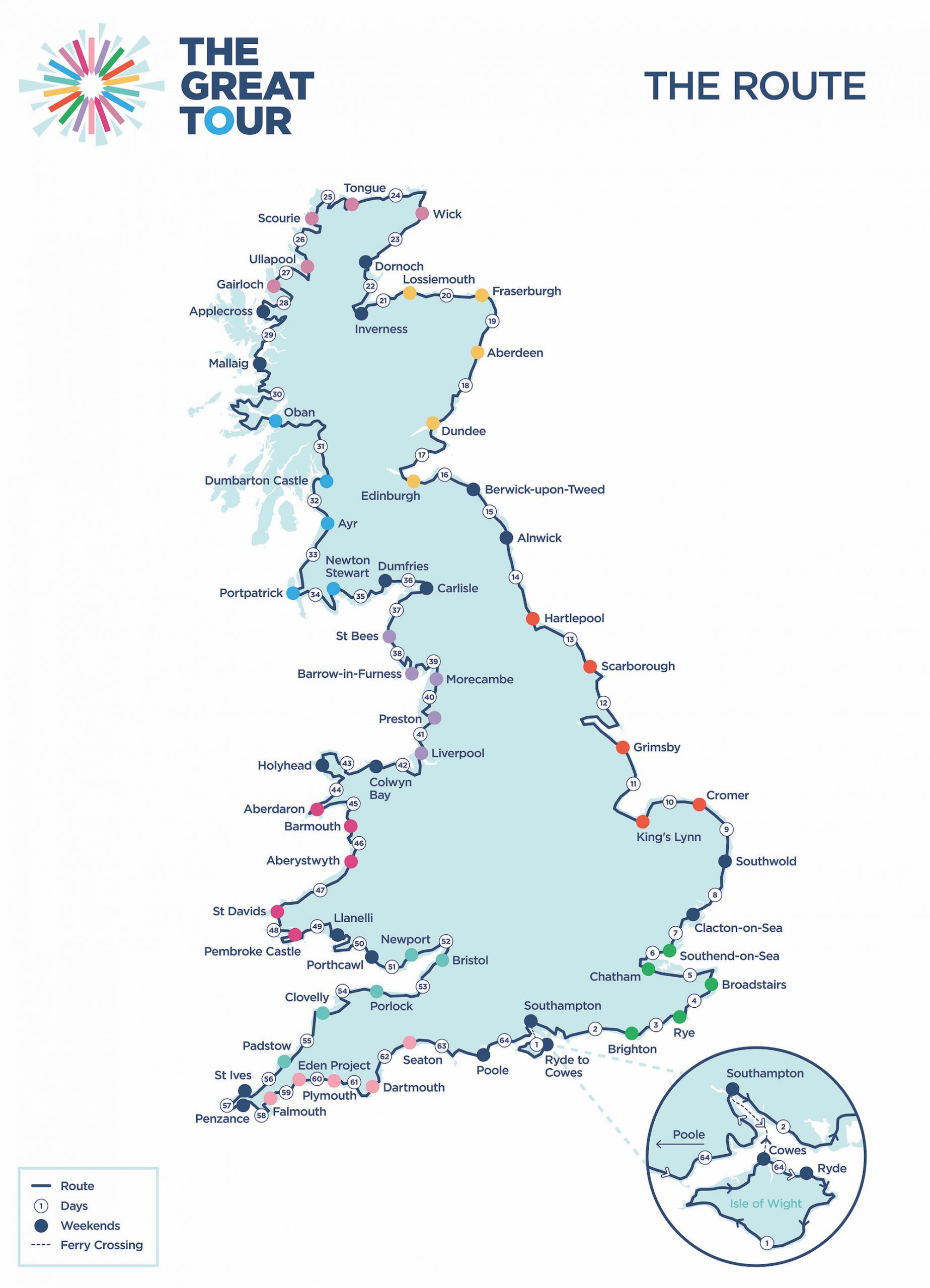
Perhaps predictably the great views of the Great Tour were many — Young picks out riding round the Great Orme near Llandudno as "spectacular and wonderful", and adds "all of Cornwall is amazing".
Young and crew also received an extra boost in Cornwall thanks to local knowledge and a few wheels to follow in the form of the Saint Piran elite cycling team, who are based in the county.
"That was a fantastic stroke of luck," Young says. "Chris Opie cycled all four days. Steve Lampier, who's a big ambassador for the team, oversaw the route and made sure that we weren't going down the blind alleys as I had been doing on my own. Cycling with them was just fantastic."
The South-West may have offered great views and great company, but the weather still refused to play ball entirely, and Storm Francis proved a particularly belligerent adversary on day 53.
"I got up at six in the morning to try and beat the wind into Porlock [Somerset]," Young says, "and the GPS sent me down three different dead-ends — the last one was up and over a hill in Minehead which was about 20 per cent in the middle. There were boughs falling off trees in the forest behind me — I could hear them go just after I came out.
"I got onto the moor at the top in wind that was gusting around 60mph and the tarmac just ran out," says Young.
Young cites the B&B at the end of that ride — The Olde House in Dunster — as the best one of the whole Great Tour: "I really needed to feel looked after that day. The people in that B&B were fantastic to me. They just made everything very, very easy. They had a fantastic roll-top bath I sat in for about two hours."
Young, 58, was diagnosed with type one diabetes three years ago. He says at first the riding temporarily improved his condition dramatically, although as his body got used to the exercise it gradually reverted to how it was before.
As much as the physical endeavour involved in riding something like the Great Tour is probably beyond what most of us have ever come close to, the logistics of getting the show on the road were something else again — particularly during a pandemic.
Pandemic problems
This year's event was the third Great Tour (Sweetspot had organised similar events in 2010 and 2015) and had originally been planned as the first in what would become an annual fixture.
"Covid drove a truck through those plans," Young says. "But Hugh got a sense that things might start to open up in the beginning of July at which point he thought well maybe we could do it.
"The difficulty was what can we and can we not do? Who can we involve? Who can we not involve?" he says.
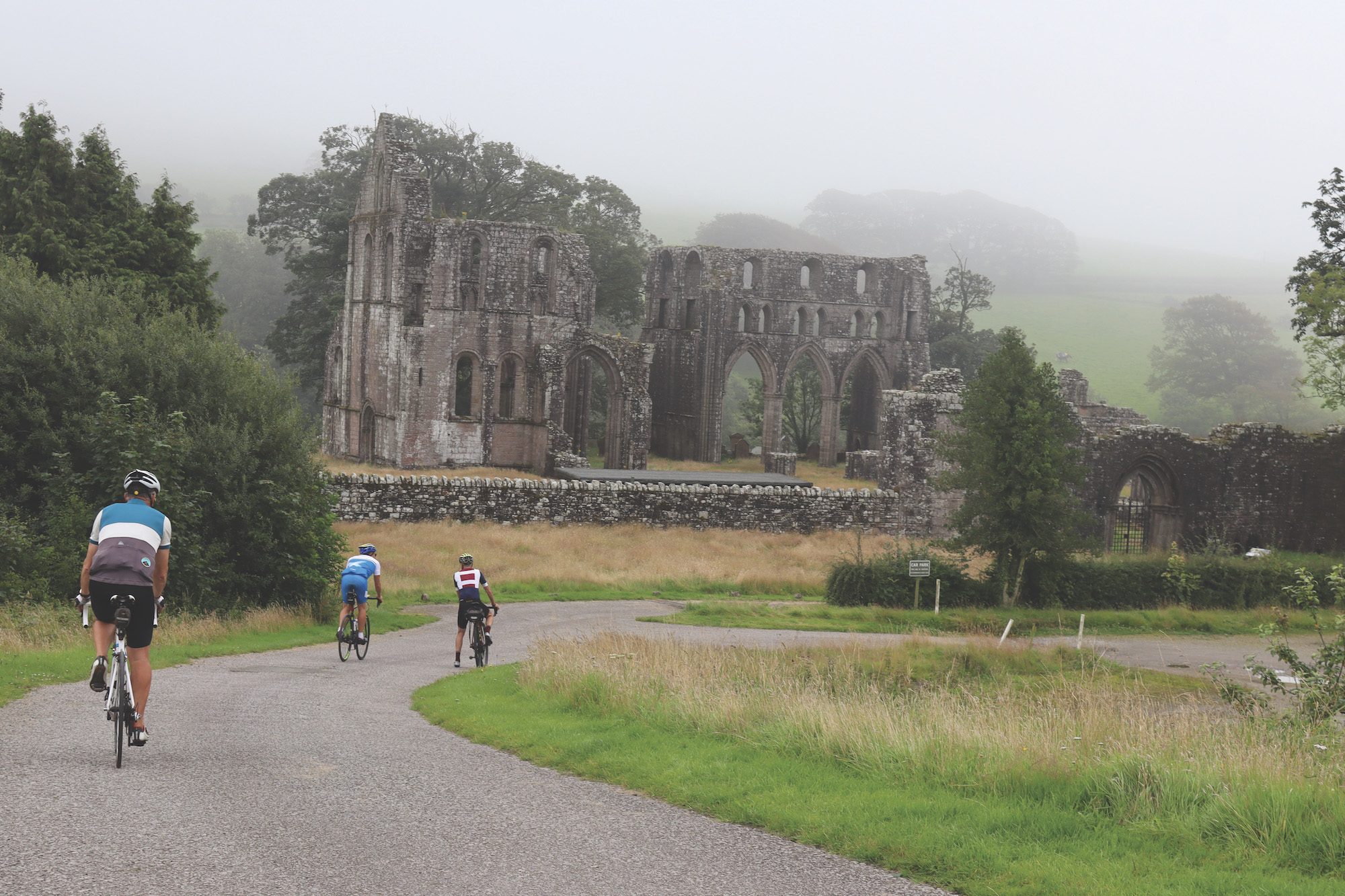
Part of the reason for starting on the Isle of Wight was that it was linked to the original planned start in 2021 (now pushed on a year to 2022). But it also gave the event maximum wiggle room when it came to negotiating potentially problematic border crossings.
>>> Cycling Weekly is available on your Smart phone, tablet and desktop
"If we had started on the Scottish border, we'd have not been able to cross the Scottish border. So you know, between us starting and getting to Scotland, those things changed, which we thought they would. Likewise, we wouldn't have been able to cycle into Wales, because you couldn't travel more than five kilometres, or whatever it was."
It all added up to a predictably lower-key Great Tour than had been planned but to date the ride has nevertheless raised nearly £16,000 for charity partners Diabetes UK and Ambitious about Autism. York has raised a further £2,500 for the Julia's House Children's Hospice. The aim is still to go ahead and make it an annual charity event. Sweetspot's ultimate aim is to have it inaugurated as an official, waymarked long-distance route that people can dip in and out of whenever they want — perhaps with the aim of doing the entire thing bit by bit.
"The reason the Great Tour exists is it's kind of a philanthropic venture, which is Hugh's brainchild," Young explains."What he's trying to do is promote cycling, and promote cycling in a coastal environment, because the coastal environment is really special."
If you like the sound of that, keep your ear to the ground — you may just get the chance to ride some, or all of it — from summer.
This feature originally appeared in the print edition of Cycling Weekly, on sale in newsagents and supermarkets, priced £3.25.

Thank you for reading 20 articles this month* Join now for unlimited access
Enjoy your first month for just £1 / $1 / €1
*Read 5 free articles per month without a subscription

Join now for unlimited access
Try first month for just £1 / $1 / €1
After cutting his teeth on local and national newspapers, James began at Cycling Weekly as a sub-editor in 2000 when the current office was literally all fields.
Eventually becoming chief sub-editor, in 2016 he switched to the job of full-time writer, and covers news, racing and features.
A lifelong cyclist and cycling fan, James's racing days (and most of his fitness) are now behind him. But he still rides regularly, both on the road and on the gravelly stuff.
-
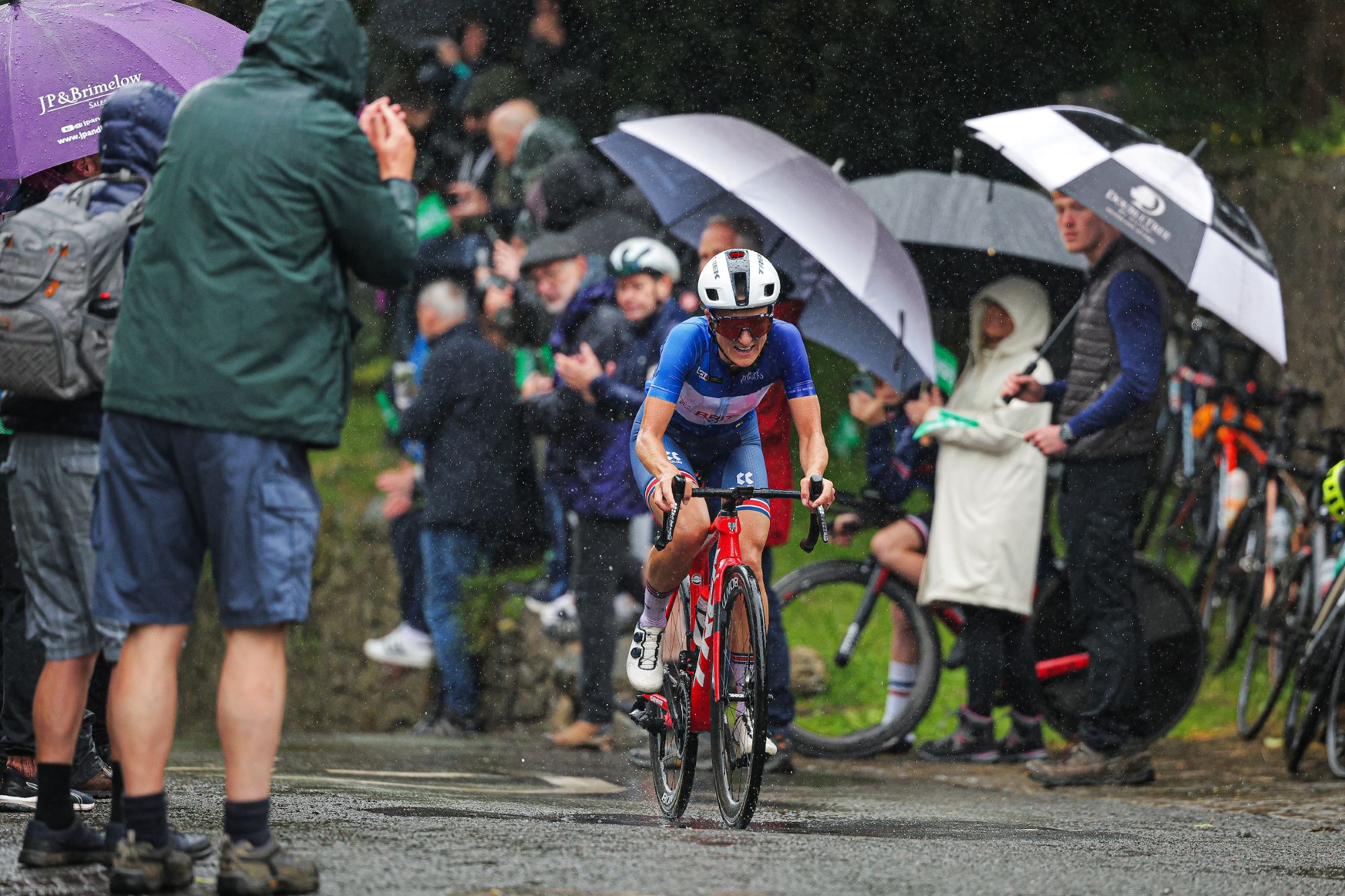 FDJ-Suez, SD Worx-Protime, Lidl-Trek confirmed for Tour of Britain Women as strong list of teams announced
FDJ-Suez, SD Worx-Protime, Lidl-Trek confirmed for Tour of Britain Women as strong list of teams announced18 teams set to take part in four-day WorldTour stage race
By Tom Thewlis
-
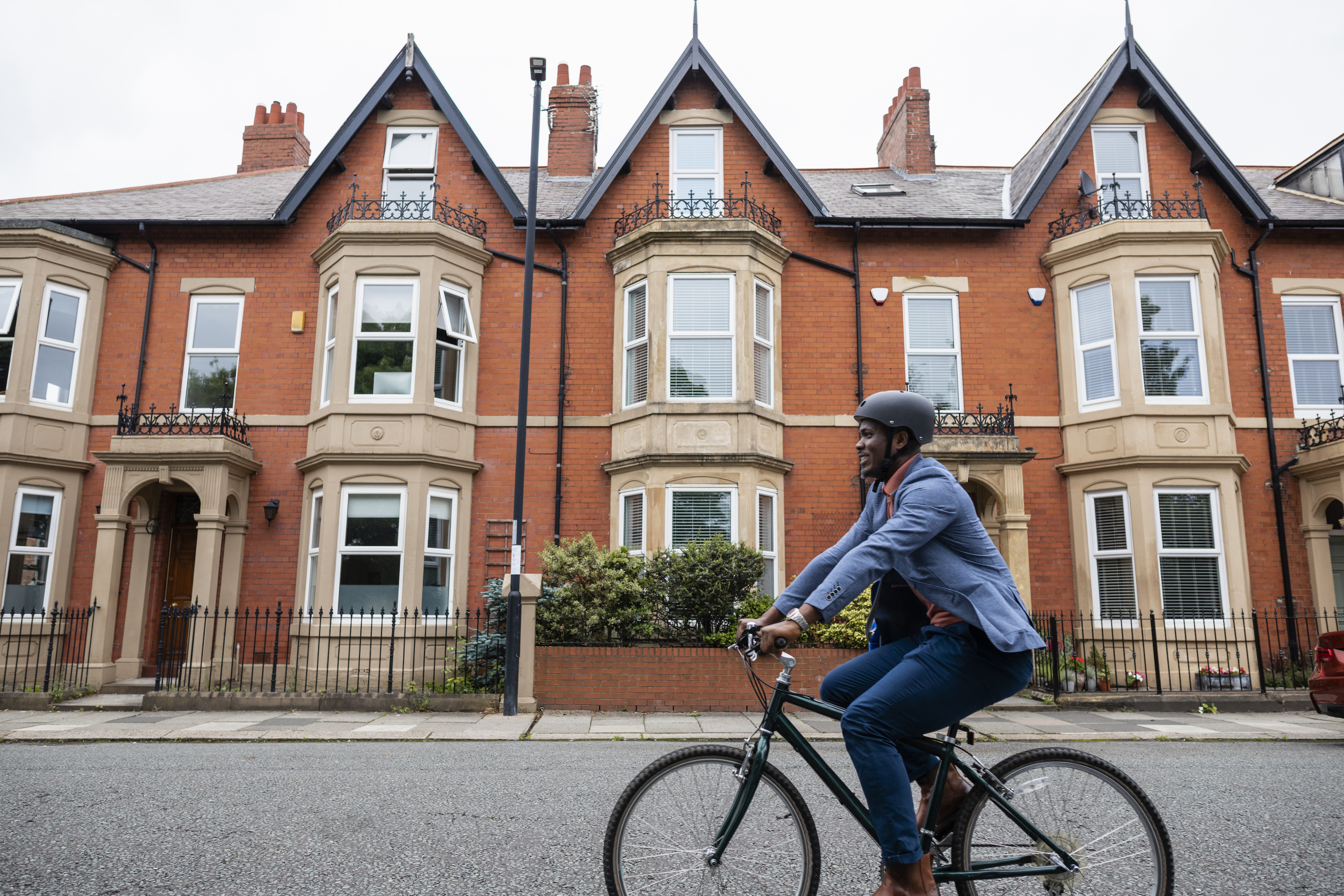 Cyclists could face life sentences for killing pedestrians if new law passed in England and Wales
Cyclists could face life sentences for killing pedestrians if new law passed in England and WalesReckless cycling currently carries a maximum two-year jail term
By Tom Thewlis